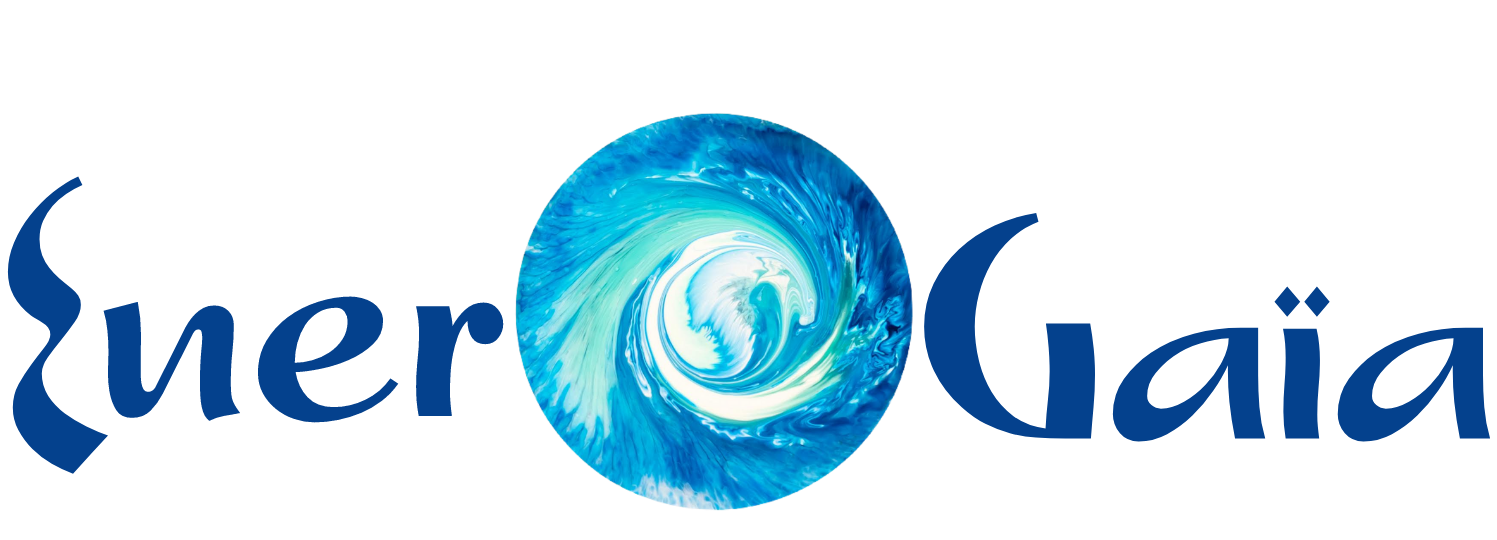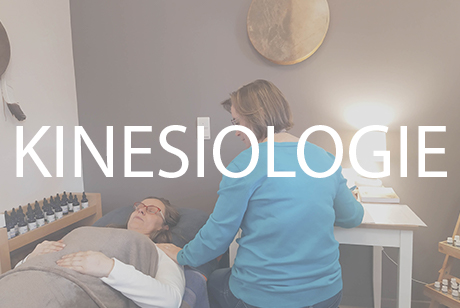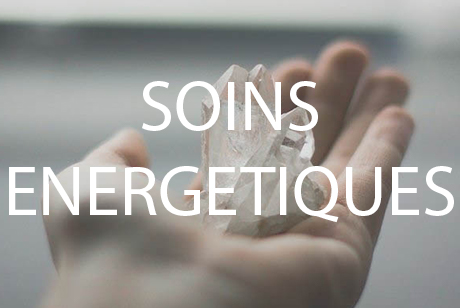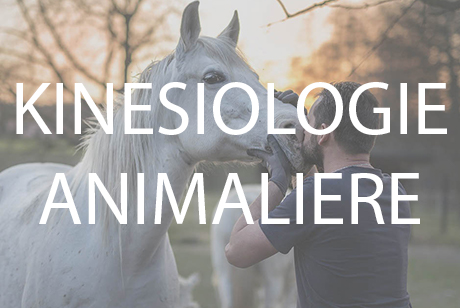
Raymond Branly is a general practitioner, osteopath, chiropractor, ... One day his daughter declares health problems, despite all his medical knowledge, Dr Branly cannot help his daughter. He then started to look for alternative methods and went to see some bonesetters. He found that many bonesetters worked in the same way, they put nerves, tendons and ligaments back in place...
The Niromathé method was born from the collaboration of Doctor Raymond Branly and Thierry Vandorme, both osteopaths. More than 25 years of practice, observation, research and experimentation have enabled them to discover certain concepts and to develop the NIROMATHE® method.
The Niromathé method thus originated in the borders of India and Europe. These bonesetters kneaded the soft tissues and re-circulated the lymph, the energy. They had in common the fact of remaining soft, superficial, of not using any untimely manoeuvre, of not making "crack". The patient often emerged miraculously healed after 10 minutes in their hands.
Created in 1997, the Niromathé method was a real revelation, as well as the beginning of an exciting activity. Simple, risk-free, easy to perform, with a wide range of indications (from newborns to the bedridden), fast (10 minutes of labour), very effective and above all with animmediate effect.
A large number of osteopathic techniques aim at stimulating relaxation points: techniques of Dicke, Knap, Chapman, Goodheart, Vogler, Moneyron, Bowen..., but also acupuncture (Ah Chi points). The Niromathé method is original in that it combines stimulation of these same points with skin traction.
It is similar to Janet Travel's technique which combined an injection of xilocaine on these relaxation points and muscle traction.
All the work is done on the skin
At the same time as the osteopathic lesion is formed, skin and subcutaneous points are deprogrammed. This state can last for years. The reprogramming of these points by a vibratory, superficial and polarized touch leads to a disappearance of the underlying osteopathic lesion.
Raymond Branly, MD, osteopath: "The Niromathé method is the most sophisticated osteopathic method I know. It's easy to apply. In particular, it can be used by women, who are often put off by the "usually muscular" side of certain techniques (chiropractic, myotensive, Jones...). It is painless. It is asymptomatic (no contraindications or side effects). It is rapid. It addresses all osteopathic lesions without exception. It is suitable for all ages (from newborn to bedridden). It has an immediate effect: patients always leave with at least a 75% improvement in their condition."
The Niromathé Method is aimed at disorders caused by persistent "spasm" of muscles, tendons, ligaments and fascias. The "spasm" causes the joints to become blocked during movement and breathing. This leads to local congestion which causes pain and inflammation.
The method involves vibrating subcutaneous points in the vicinity of tendons, ligaments and short muscles. This vibration instantly releases the spasm. Inflammation, if present, will then disappear over the course of several days.
Raymond Branly, MD, osteopath : "At the same time as an osteopathic lesion is formed: a mechanical blockage responsible for osteoarticular and visceral congestion, subcutaneous lymphatic uptake occurs at "key" points. The detachment of these points, in turn, lifts the spasm generating the osteopathic lesion."
- 30% of cases are immediately improved (no associated inflammation).
- In 30% of cases, healing takes place three days later; in 30% of cases, eight days later (the time required for the inflammation to disappear). In fact, inflammation is the consequence of blockages.
- If, on the other hand, the complete release is not acquired, a second or even a third session will be necessary (chronic cases in particular).
- There are still 10-20% failures after 3 sessions.
The Niromathé method does not cure cancer or genetic diseases, nor does it repair fractures, but it can relieve pain and restore mobility.
Nevertheless, the list of pathologies that can be referred to a Niromathé practitioner is long. Here are just a few: ENT disorders, spinal or musculoskeletal disorders, respiratory disorders, urinary problems, digestive, gynecological (including infertility) and circulatory disorders, as well as headaches, anxiety, insomnia, sports-related problems (sprains, tendonitis, dislocation, etc.), problems specific to pregnant women and infants (GERD, etc.), etc.
The intervention of a Niromathé practitioner focuses on the restoration of impaired functions. It allows for the permanent reduction of certain chronic conditions and can avoid surgical interventions.
The indications vary from person to person, of course.
A full description of the technique and biographies of Raymond Branly and Thierry Vandorme are available at www.niromathe.com.



